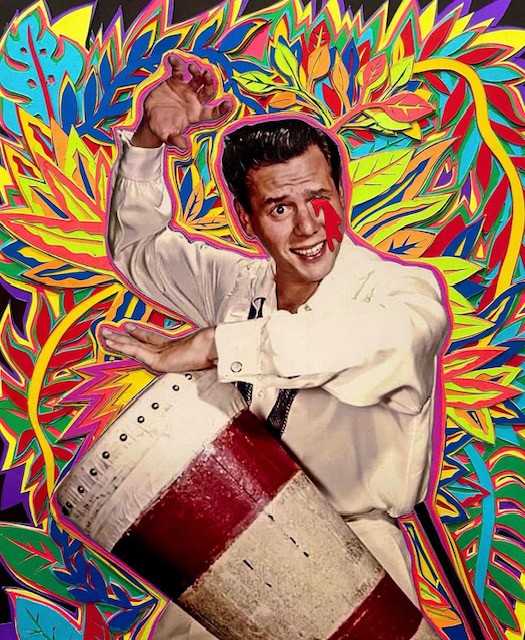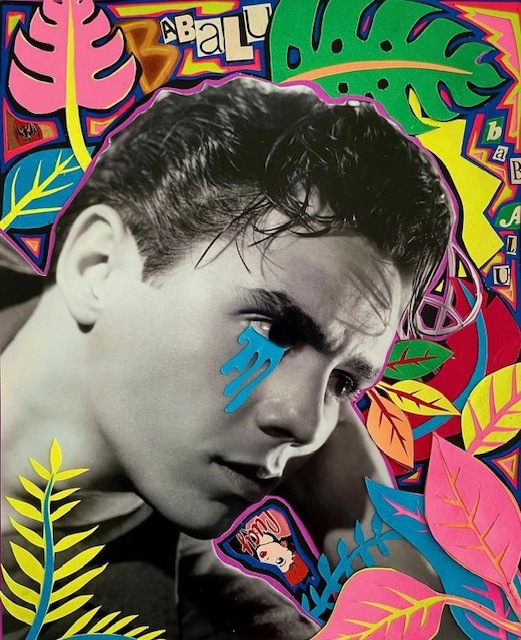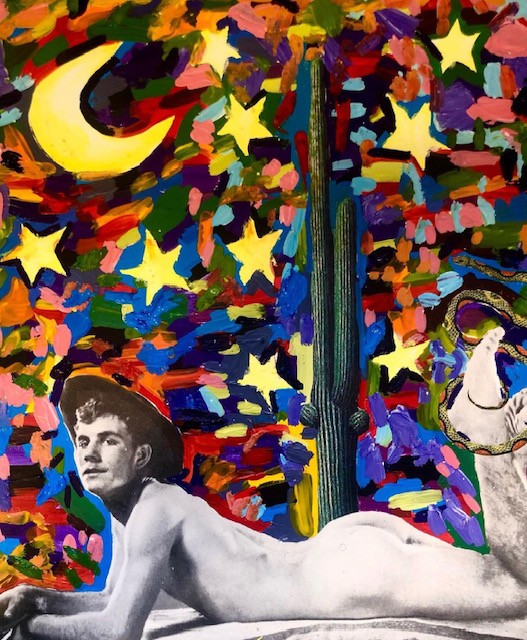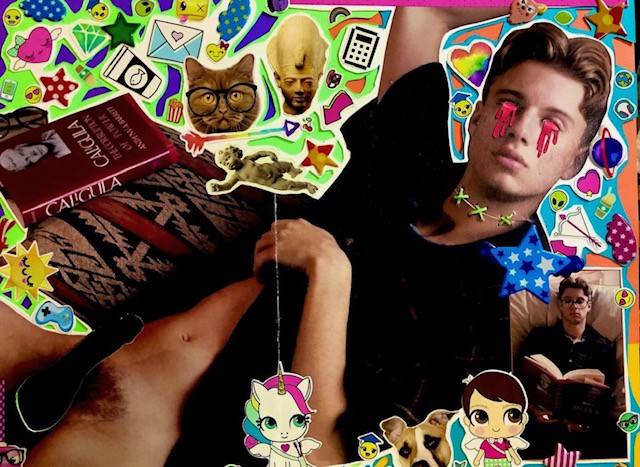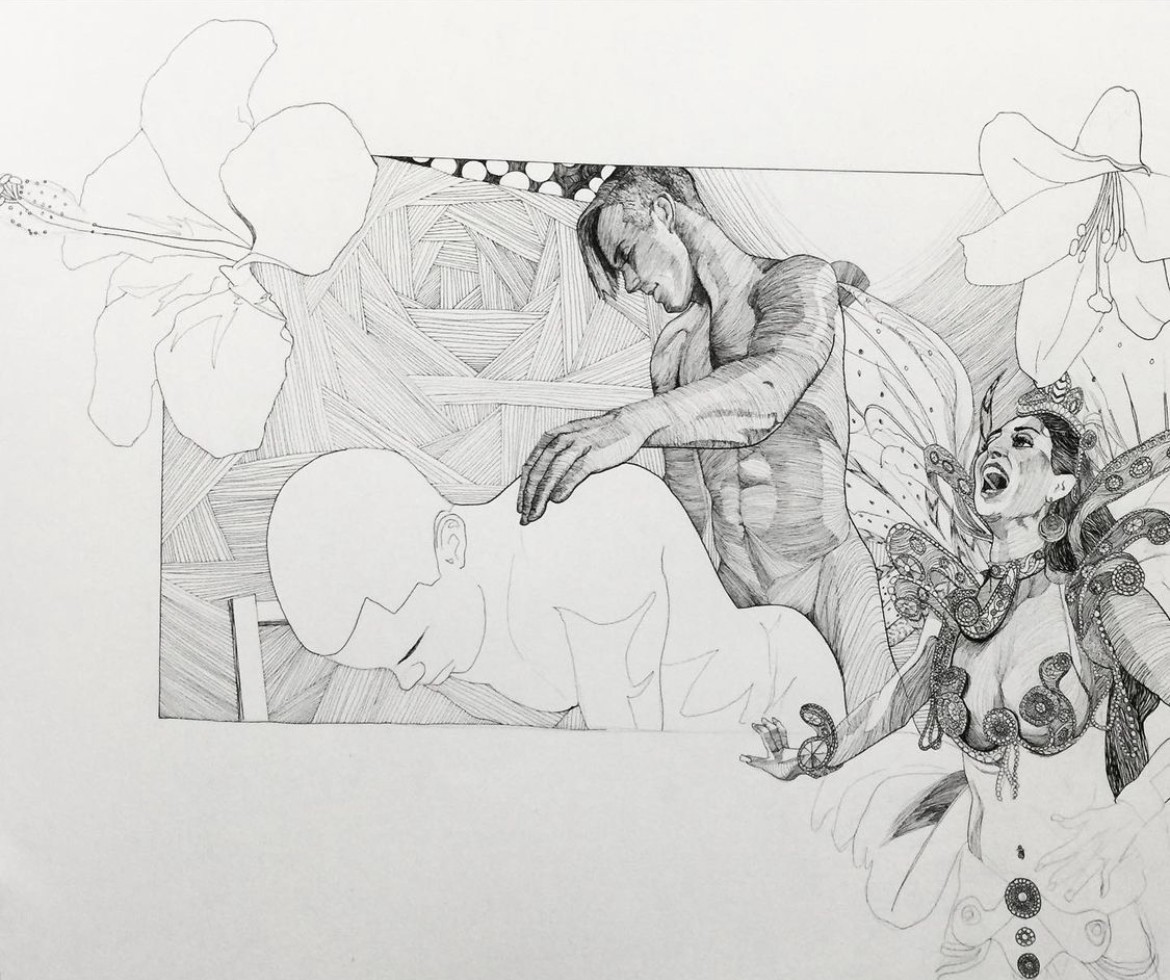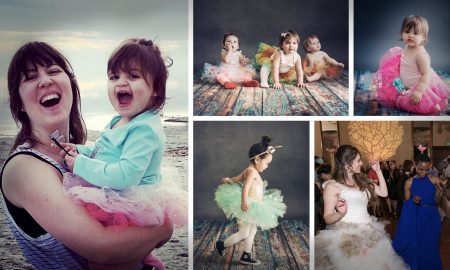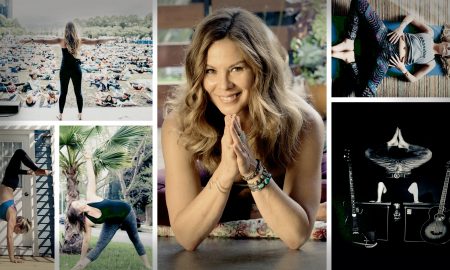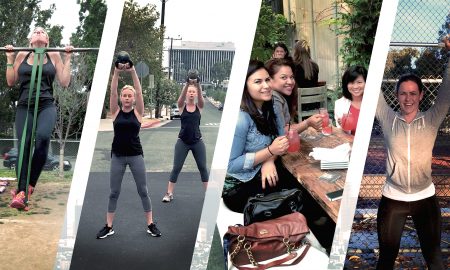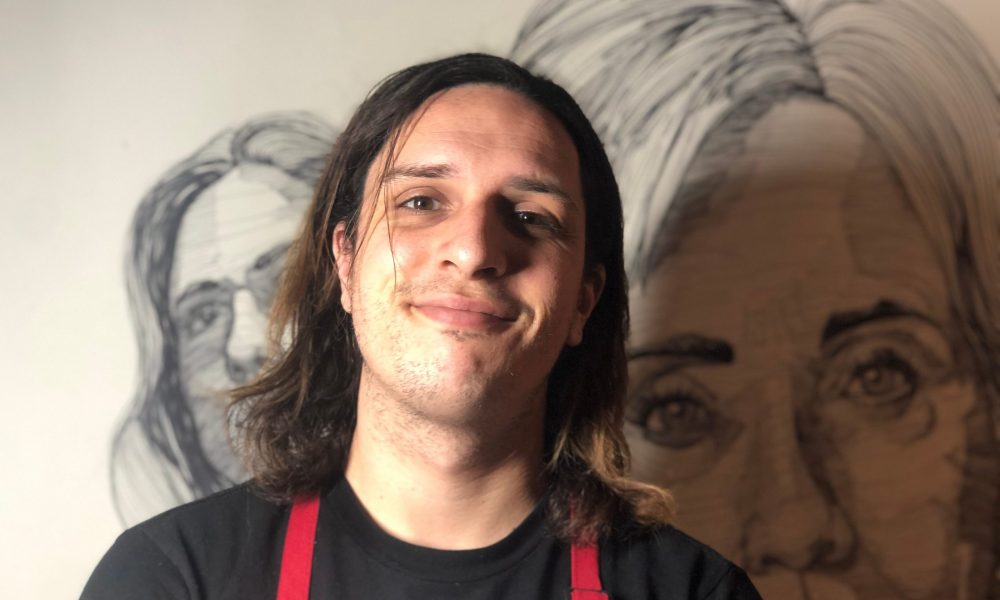

Today we’d like to introduce you to Austyn de Lugo-Liston.
Hi Austyn, so excited to have you with us today. What can you tell us about your story?
I’ve been involved in art for I can remember. My formal education included getting my BFA from the American Academy of Art in Chicago and then my MFA at Otis in Los Angeles. After grad school, I did a couple of residencies before getting a teaching artist fellowship at the Armory Center for the Arts in Pasadena. At the Armory, I fell in love with teaching and working with children, and I have been teaching there, as well as in other arts institutions around LA ever since. During Covid, I got the opportunity to start writing some curriculum that focuses on LGBTQ-inclusive art classes for kids and adults. That really has been one of my proudest and most rewarding paths as an artist and an educator.
Would you say it’s been a smooth road, and if not what are some of the biggest challenges you’ve faced along the way?
I don’t think there are ever smooth roads in trying to support yourself as an artist. I’ve been pretty lucky to work with some amazing people and organizations that have made the challenges manageable. One challenge that comes to mind is that for a couple of years, I was working with an arts institution that did not reflect my values at all. It was really hard because I needed the money, but it was a very formal institution that was deeply rooted in privilege and was not supporting the community or reflecting the diversity of the area it was supposed to be serving. When I tried to speak up about my concerns, I was retaliated against. Luckily, I had a great support system elsewhere, and I was eventually able to leave.
Appreciate you sharing that. What else should we know about what you do?
I work primarily in collage, but I also paint, draw, make ceramics, and sew. I’m really interested in the idea of dismissibility. Who and what do we decide is not worthy of being taken seriously? There are always certain genres of music, certain tv shows, or certain kinds of books that we have culturally deemed not worthy of being taken seriously–rap and pop, reality tv, comic books or YA fiction. To me, these things are all tied up in how they are connected to gender, race, class, sexual orientation, and age in our cultural imagination. If things are associated with (for example) teenage girls, the thing is then considered dismissible because our society has decided that teenage girls are dismissible. This can also become cyclical as we deem certain things frivolous and then in turn associate those with already marginalized groups and then use those things as evidence to justify further marginalization. We make all these judgments about what has cultural value versus what is “superficial” based purely on superficial judgments of our own, often rooted into unconscious biases.
My work is about celebrating the frivolous, the undignified, the stupid. I love artifice. I love nonsense. The forgotten, I try to make work that takes all these things seriously. I want to get away from a puritanical way of thinking that doesn’t allow pleasure to be enough of a justification for something’s existence. My work is all about color, and sex, and indulgence. I think the most important element is that all of my work is really fun to make. If I’m not having fun doing it, I know it’s not worth showing anyone.
I try to take all of this into my teaching practice as well. Kids learn more when they are having fun! I am always trying to make art connections to cartoons or music or something else that brings it closer to their lives. I’m not above teaching a full-on lesson based on something some cool teen girl posted on instagram.
Who else deserves credit in your story?
So many! Some of my mentors in school were Kathrin Burmester, Judie Bamber, Soo Kim, Benjamin Weismann, and Renee Petropoulos. They have really become the voices in my head. I would also include Amanda Benefiel, Kiara Alvarado, Molly Wurwand, and Jocelyn Casas as some amazing artists that I have gotten the chance to work with over the years. Lorraine Cleary Dale gave me my start in teaching, so I’m forever grateful to her, as well as to Onya Hogan-Finlay and Naomi Fox who trained me. The Armory as an institution is just an amazing and supportive place, and Leslie Ito (the current executive director) has been super supportive of me.
Contact Info:
- Website: austyndelugo.com
- Instagram: https://www.instagram.com/austynshambles/

